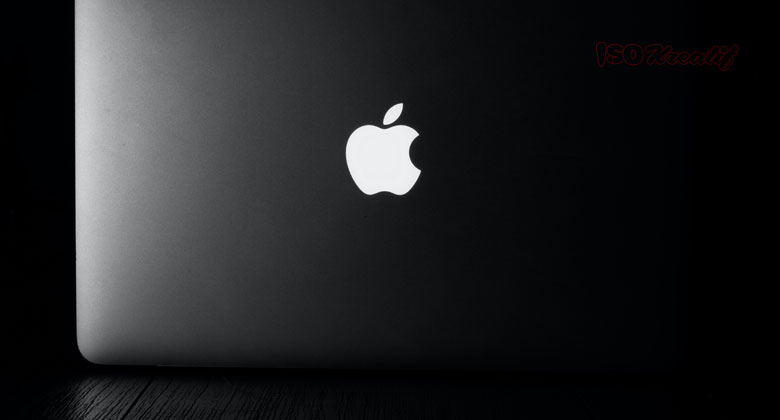Brief Intro For Memorable Logo Design
A Memorable Logo Design is an essential element of a company’s brand identity. A well-designed logo can create a strong visual representation of the brand, establish brand recognition, and build customer loyalty. In this article, we will explore the key elements of a professional logo design and how to create a Memorable Logo Design.
Your logo is a crucial element of your brand identity, representing your business and communicating your values to your audience. A well-designed logo can make a lasting impression and help your business stand out in a crowded marketplace. So, what are the key elements of memorable logo design? Let’s take a closer look.

Simplicity
The first key element of a professional logo design is simplicity. A simple logo is easier to remember and recognize, making it more memorable. A complex logo can be difficult to understand and may not convey the intended message effectively. A simple logo is also more versatile and can be used across various platforms and mediums.
A simple design is often the most effective. A clean, uncluttered logo is easier to recognize and remember.
Versatility
Your logo should look great on all mediums, from business cards to billboards. It should be scalable, easily adaptable, and versatile. Your logo should look great on all mediums, from business cards to billboards. It should be scalable, easily adaptable, and versatile. A versatile logo can be easily adjusted for different applications without losing its effectiveness.
Uniqueness
A memorable logo design should be unique and set the brand apart from its competitors. A logo that is too similar to another brand’s logo can create confusion and dilute the brand’s identity. A unique logo can help establish a distinct brand identity and make the brand more memorable.
Relevance
A memorable logo design should be relevant to the brand’s values, personality, and purpose. It should effectively communicate the brand’s message and evoke the desired emotions in the target audience. A logo that is irrelevant to the brand can be confusing and may not resonate with the target audience. Your logo should be relevant to your industry and communicate your brand message. Consider your target audience and your unique selling proposition when designing your logo.
Originality
Your logo should be unique and stand out from your competitors. Avoid using generic design elements or clichés. A unique logo helps to establish brand recognition and creates a memorable impression.
Timelessness
A professional logo design should be timeless and not be influenced by current design trends. A logo that is too trendy can quickly become outdated and may not be relevant in a few years. A timeless logo can help create a consistent brand identity that can stand the test of time.
A Memorable Logo Design should have a timeless quality that will stand the test of time. Avoid trendy design elements that may become outdated quickly. A timeless logo ensures that your brand remains relevant and recognizable for years to come.
Memorability
A memorable logo design is one that stays with you long after you’ve seen it. Consider using a bold color palette, distinctive typography, or a unique symbol to create a lasting impression. A memorable logo design helps to establish brand recognition and builds a connection with your audience.
Consistency
Your logo should be consistent across all mediums and platforms, including your website, social media, and marketing materials. Consistency is key to establishing a strong brand identity. A consistent logo helps to build brand recognition and reinforces your brand message.
By incorporating these key elements into your logo design, you can create a memorable and effective logo that represents your brand and communicates your values to your audience.

How to Create a Memorable Logo Design
-
Research and Planning
The first step in creating a memorable logo design is research and planning. The designer should research the brand’s values, target audience, and competition. This information can help inform the design process and ensure that the logo effectively communicates the brand’s message.
-
Sketching and Conceptualization
The designer should begin by sketching various concepts and ideas for the logo. This process allows the designer to explore various design options and refine the final design. The designer should also consider the key elements of a professional logo design, such as simplicity, uniqueness, relevance, timelessness, and scalability.
-
Color and Typography
Color and typography play a crucial role in creating a memorable logo. The designer should choose colors and typography that effectively communicate the brand’s personality and message. Color psychology can also be used to evoke specific emotions in the target audience.
-
Feedback and Iteration
The designer should seek feedback from the client and target audience throughout the design process. This feedback can help refine the logo and ensure that it effectively communicates the brand’s message. The designer should also be open to iteration and make changes based on the feedback received.
Conclusion
In conclusion, a professional logo design is a crucial element of a company’s brand identity. A memorable logo should be simple, unique, relevant, timeless, and scalable. The design process should include research and planning, sketching and conceptualization, color and typography, and feedback and iteration. A well-designed logo can create a strong visual representation of the brand, establish brand recognition, and build customer loyalty. Therefore, it is essential for businesses to invest in a professional logo design that effectively communicates their brand’s values and personality.



No comment